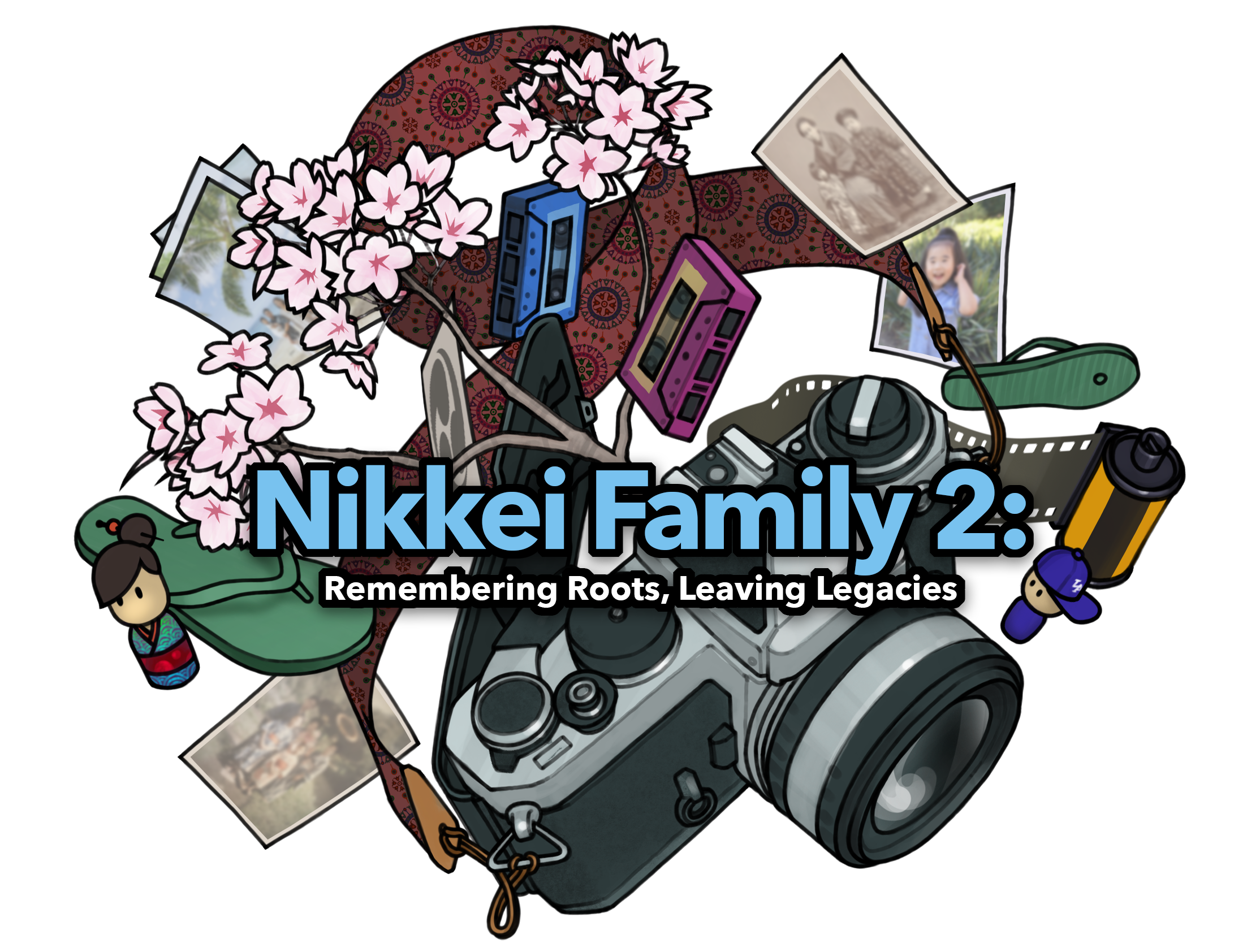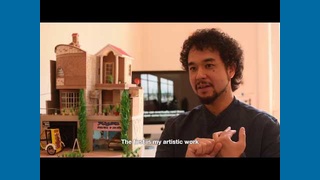Published: Sept. 27, 2017
Modified: Feb. 11, 2025
Born 1960 in Lima, Peru; lives and works in Lima.
Eduardo Tokeshi is a graduate of the Faculty of Art of Pontificia Universidad Católica del Perú in Lima. His work, which has been exhibited throughout Latin America, combines colonial and modern imagery to reflect on identity and belonging. Tokeshi’s exhibitions in Lima have included Associated Animals (Gallery Forum, 2016); Magic Mountain (Gallery Forum, 2015); The Grand Drawing (Ricardo Palma Cultural Center, 2015); and Tokeshi: Retrospective 1984–2012 (Gallery Germán Krüger, 2012). He has represented Peru in multiple cultural events abroad, such as the Bienal de São Paulo and the Havana Biennial.
--
ARTIST PROFILE:
Born 1960 in Lima, Peru; lives and works in Lima.
Eduardo Tokeshi is a graduate of the Faculty of Art of Pontificia Universidad Católica del Perú in Lima. His work, which has been exhibited throughout Latin America, combines colonial and modern imagery to reflect on identity and belonging. Tokeshi’s exhibitions in Lima have included Associated Animals (Gallery Forum, 2016); Magic Mountain (Gallery Forum, 2015); The Grand Drawing (Ricardo Palma Cultural Center, 2015); and Tokeshi: Retrospective 1984–2012 (Gallery Germán Krüger, 2012). He has represented Peru in multiple cultural events abroad, such as the Bienal de São Paulo and the Havana Biennial.
TRANSCRIPTION:
An old 1960s poet, César Calvo, said that poetry was like a blind man’s cane. For me, painting is the same. This cane doesn’t allow you to fall, but many times you don’t see the path. You intuit it– believe it’s like that. When you really see the path, it’s something else. Living between two cultures, gives you the friction necessary to create art.
There are flags that only make sense to me. There are flags that I made for the pleasure of taking advantage of letting go. But what I do know is that every flag responds to the moment.
That flag– I would never be able to repeat it. I would never think of making something like that that I made at that moment.
Dictatorships create great artists, create great movements, create great ideas. Because one is working under pressure. One is working...at the edge of silence.
In a nuclear family ruled by silence, where no one says anything or expresses anything, where no one expresses they love you or that you are wanted. But rather, there is only a silence that says, “Accept what you are. Accept us, your parents, as we are. And love, well, we’re always there for you, but don’t expect us to say that.”
Our parents have this thing, this code of silence, where you have to sense their love. Because they were raised this way, in fact, probably in a way, much more extreme. In this Japanese community where order hard work, honor and dignity are major words–big words, that are like a mountain so that even I, at times, am afraid to face, many times for fear of disappointing my parents. That idea sometimes chases me–this code that’s been imposed on us.
Many of our generation saw that we could leave, escape from this. And that we could take on, dedicate ourselves to something else. Because there is an enormous number of these painters who have pursued this work because, I believe, this reason. One wants to communicate. Because there’s an emptiness. You want to communicate or express so others understand, if not through you, through a painting, a film or a poem.
* * * * *
Transpacific Borderlands: The Art of Japanese Diaspora in Lima, Los Angeles, Mexico City, and São Paulo is on view at the Japanese American National Museum from September 17, 2017 - February 25, 2018. The exhibition examines the experiences of artists of Japanese ancestry born, raised, or living in either Latin America or predominantly Latin American neighborhoods of Southern California. Eduardo Tokeshi is one of the artists featured in this exhibition.
For more information about the exhibition, visit janm.org/transpacific-borderlands.
Japanese American National Museum
100 N. Central Ave.
Los Angeles, CA 90012
janm.org
*The exhibition is part of Pacific Standard Time: LA/LA, a Getty-led initiative exploring Latin American and Latino art in dialogue with Los Angeles, and is made possible through grants from the Getty Foundation. The presenting sponsor of PST: LA/LA is Bank of America.









